No matter what kind of business you run, networking now lies at the heart of your success. From processing payments to securing world-changing research, there is no component of modern work that works independently of computers. That is exactly why it’s so important to build the right networking infrastructure from the outset. Under committing can push you into expensive upgrades while over committing is an obvious waste of money. Making the right decision requires you to evaluate the common infrastructures and see which is best suited to your practices.
Wireless
This is where most businesses start. Just like a home can often be serviced by a single wireless router, many small businesses and storefronts are satisfied with this level of connectivity. If it is indeed sufficient, then there is no more cost-effective option. The drawback to wireless is scalability. While it’s easy to simply add another router, that doesn’t really improve traffic capacity or speeds. More to the point, wireless is notoriously difficult to expand as a single network.
Still, the two most important cons of a wireless network are signal reliability and security. Because wireless signals are never reinforced through a pipeline, packet loss is frequent. This slows down overall download and upload speeds, and it makes wireless a poor choice when data traffic is heavy and persistent.
The issue of security also presents unique challenges to wireless networks. While every connected device needs protection, wireless access points provide additional vulnerabilities. Particularly sensitive data is better served through hard-lined infrastructure.
Ethernet
Ethernet is pretty close to the golden standard for most businesses. It can feel frustrating because upgrades and expansions require laying cable, but Ethernet is a universal data transmitter, and it can handle sufficiently high data rates for most applications. It is less vulnerable than wireless connections, and it is extremely simple to utilize. Ethernet is also the typical go-between for hybridized networks. More advanced infrastructures usually branch into Ethernet legs to connect standard devices. This is partly due to Ethernet’s biggest drawback: it doesn’t work well when single connections are longer than 100 meters.
When installing Ethernet, there is a typical mistake that is easily avoided. Go with the fastest cable that is reasonably affordable. This helps with future-proofing and can eliminate the need for replacing infrastructure down the road. Many businesses have run into trouble because they opted for the cheapest cable available, and it couldn’t handle increased data demands later.
Copper
Copper has declined in popularity. While it is capable of high speeds, it’s primary appeal is to hybridize traditional phone connections with modern data transmission. That was ideal even as recently as 10 years ago, but digital phone lines and voice over IP have made copper infrastructure less appealing. It costs more per foot to install, and it still hits hard limitations that can be overcome by less expensive alternatives. Unless you have specific equipment that demands copper, it’s best to avoid it as an infrastructure choice.
Fiber Optics
Finally, we get to fiber optics. They are by far the most expensive and most powerful option. Because of the severely limited ranges of wireless and Ethernet connections, fiber optics and copper are the only choices for infrastructure that needs to span more than 100 meters. Fiber optics has far higher data capacities than copper, and when designed properly, the costs are comparable. That said, fiber optic design requires a higher degree of expertise.
Within the realm of fiber optics, there are many choices. Single mode and multi-mode designs, connection types (such as FC or SC), and polarity arrangements are just a few of the decisions that will determine the capacity, effectiveness, and cost of a fiber optic network. By and large, these choices will be determined for you by need. Data speeds and the length of the network are the largest factors. Equipment interfaces and sources of interference are the other major concerns. Simply meeting these needs will eliminate most potential options, but it still requires significant expertise to know which designs will work.
Summary
Even with fiber infrastructure, there will usually be hybridized connections at endpoints. Ethernet and Wi-Fi are still the common interfaces for most devices, so a fiber optic network will require signal converters.
Choosing your infrastructure is mostly a matter of determining your immediate and long-term needs. When you understand the quality and quantity of data, you can make economic choices that will keep your business operating at its best. For that reason, many infrastructure investments start with a network audit. A professional review of your needs can steer you in the right direction from the start and help you save money.
Resources
http://www.flukenetworks.com/blog/cabling-chronicles/b-c-s-fiber-polarity
https://www.arcelect.com/fibercable.htm
About the Author: Chantel Soumis
Chantel Soumis brings over a decade of knowledge in workflow enhancement through the use of technology. Chantel studied marketing communications and business administration at Franklin University and proceeded to work in a fast, ambitious environment, assuring client delight in the healthcare and pharmaceutical industries. Passionate about project productivity and streamlining workflows through the use of technology, Chantel strives to inform organizations of Valicom’s advanced telecom expense management software and services by mastering communications and messaging while delivering helpful information and supporting resources.

